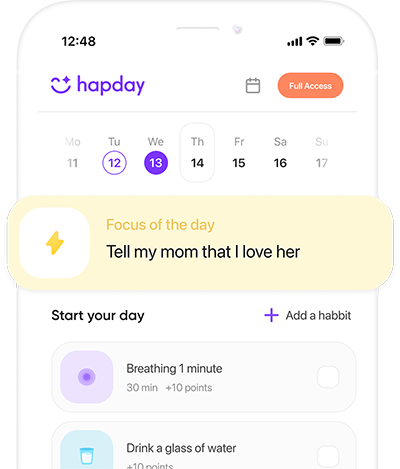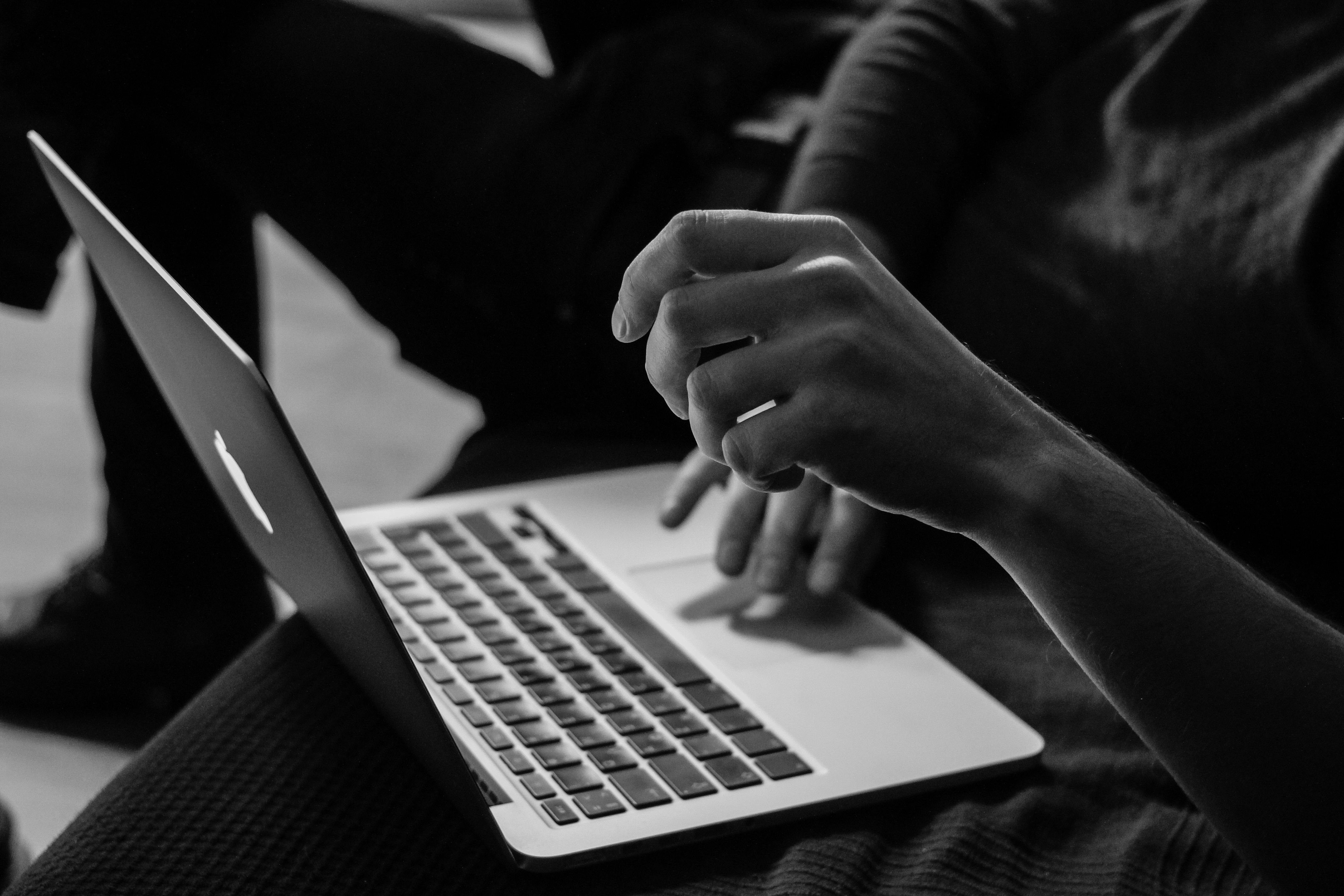The digital world has transformed how we connect, work, and relax. From social media to streaming platforms, smartphones and the internet provide endless opportunities for engagement. Yet, as convenient as technology is, its overuse can take a toll on mental health. Constant notifications, screen time overload, and the pressure of comparison on social media can contribute to anxiety, stress, and even depression.
According to a report from the American Psychological Association, 54% of Americans say social media negatively impacts their mental health, and 48% feel addicted to their smartphones. While technology isn’t inherently harmful, how we use it makes all the difference.
Developing healthier digital habits doesn’t mean cutting yourself off from the online world; it’s about creating boundaries that protect your mental wellbeing. This guide offers practical strategies to help you use technology in a way that supports, rather than hinders, your mental health.
The Impact of Unhealthy Digital Habits
Before exploring solutions, it’s essential to understand how excessive or unbalanced technology use affects mental wellbeing.
Signs of Unhealthy Digital Habits:
- Sleep Disruption: Scrolling late into the night interferes with sleep quality.
- Increased Anxiety: Overexposure to negative news or social media comparison triggers stress.
- Reduced Focus: Multitasking between apps and notifications hampers concentration.
- Emotional Fatigue: Constant connectivity leads to burnout and feelings of being overwhelmed.
- Decreased Face-to-Face Interaction: Overreliance on digital communication can weaken real-world relationships.
Statistic: A study in Cyberpsychology, Behavior, and Social Networking found that individuals who spent more than 3 hours daily on social media were twice as likely to experience symptoms of depression and anxiety.
Building Healthy Digital Habits
Shifting to healthier digital habits doesn’t require a complete technology detox. Instead, focus on intentional use and balance.
1. Set Boundaries for Screen Time
Unrestricted screen time is a major contributor to mental strain. Setting clear limits helps create space for rest and other priorities.
How to Manage Screen Time:
- Use apps like Screen Time (iOS) or Digital Wellbeing (Android) to monitor and limit usage.
- Schedule tech-free hours, such as during meals or before bedtime.
- Create a “no screens in the bedroom” rule to improve sleep quality.
Pro Tip: Start small by reducing screen time by 15 minutes daily and gradually increase as it becomes a habit.
2. Curate Your Digital Environment
Not all online content serves your mental wellbeing. Taking control of what you see can reduce stress and negativity.
Tips for Curating Content:
- Unfollow accounts that promote unrealistic standards or make you feel inadequate.
- Follow positive, inspiring, or educational pages that align with your values.
- Mute notifications for non-essential apps to minimize distractions.
Example: Replace news-heavy scrolling with following pages that focus on mindfulness, art, or hobbies you enjoy.
3. Practice Digital Mindfulness
Being intentional about your digital interactions can help you stay present and reduce mindless scrolling.
Steps to Practice Digital Mindfulness:
- Ask yourself, “Why am I opening this app?” before using it.
- Set specific goals for online activities, such as catching up with friends or reading an article.
- Limit multitasking by focusing on one task at a time when using your devices.
Example: Instead of passively browsing social media for an hour, decide to spend 15 minutes engaging with posts that inspire or inform you.
4. Incorporate Tech-Free Activities
Balancing digital engagement with offline activities helps reset your mind and body.
Tech-Free Activity Ideas:
- Spend time outdoors: Go for a walk, hike, or sit in a park.
- Practice hobbies: Try painting, journaling, cooking, or gardening.
- Connect in person: Prioritize face-to-face conversations with friends or family.
Statistic: Studies from Environmental Health and Preventive Medicine show that spending just 20 minutes in nature significantly reduces cortisol (stress hormone) levels.
5. Optimize Your Workspace for Digital Wellbeing
For those working or studying online, unhealthy digital habits can bleed into productivity. Designing a mindful workspace helps maintain balance.
Tips for a Healthier Digital Workspace:
- Take regular breaks using the Pomodoro Technique: Work for 25 minutes, then take a 5-minute break.
- Adjust lighting to reduce eye strain—use blue light filters or glasses if needed.
- Keep non-essential devices or tabs out of sight to avoid distractions.
Pro Tip: Incorporate stretches or brief physical activity during breaks to prevent prolonged sitting.
6. Reconnect with the Physical World
Technology often pulls us away from the richness of the physical world. Rebuilding that connection can ground your mental health.
Ways to Reconnect:
- Try a digital detox day once a week to unplug entirely.
- Engage your senses by cooking, exercising, or crafting without distractions.
- Create rituals like reading a physical book before bed instead of scrolling.
Example: Replace your morning phone check with a 10-minute mindfulness practice or a cup of tea enjoyed in silence.
7. Develop a Healthy Relationship with Social Media
Social media can be a double-edged sword. While it fosters connection, it can also trigger comparison and anxiety.
How to Use Social Media Mindfully:
- Set time limits for apps like Instagram or TikTok.
- Avoid social media immediately upon waking or before bed.
- Focus on creating rather than consuming—share content that reflects your authentic self.
Statistic: Research in Computers in Human Behavior found that reducing social media use to 30 minutes a day significantly decreases feelings of loneliness and depression.
Overcoming Common Challenges
Creating healthy digital habits can feel challenging at first. Here’s how to navigate obstacles:
Challenge: “I feel FOMO (Fear of Missing Out).”
- Solution: Remind yourself that curated online content isn’t reality. Focus on gratitude for your current life.
Challenge: “I rely on my phone for work and socializing.”
- Solution: Use designated time blocks for essential digital tasks and schedule breaks for offline activities.
Challenge: “I get bored without my phone.”
- Solution: Rediscover offline hobbies or activities that bring you joy and engagement.
Pro Tip: Change your mindset—view digital downtime as an opportunity for self-care rather than deprivation.
Long-Term Benefits of Healthy Digital Habits
By reshaping your relationship with technology, you’ll notice improvements in mental, emotional, and even physical wellbeing.
Benefits of Healthy Digital Habits:
- Improved Focus: Reduced distractions lead to better concentration.
- Enhanced Mood: Less comparison and negativity foster emotional balance.
- Better Sleep: Tech-free evenings promote deeper, more restorative rest.
- Stronger Connections: Prioritizing real-world interactions deepens relationships.
Statistic: People who consciously limit screen time report 25% higher levels of life satisfaction, according to the Journal of Happiness Studies.
Conclusion: Balance, Not Abstinence
Developing healthy digital habits isn’t about abandoning technology altogether—it’s about using it intentionally. Start small, celebrate progress, and remember that balance is key.
Instead of letting technology control your time and attention, use it as a tool to enhance your life. With consistent effort, you can reclaim your focus, protect your mental health, and cultivate a sense of presence both online and offline.
You don’t have to navigate this journey perfectly; every mindful step counts. By prioritizing your mental wellbeing in the digital age, you’re investing in a more fulfilling, balanced, and connected life.
Want to make healthy habits stick? Install now ↴
Hapday makes building new routines effortless, with 92% of our 1M+ community successfully creating lasting habits in 21 days.




